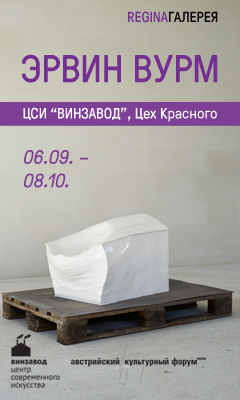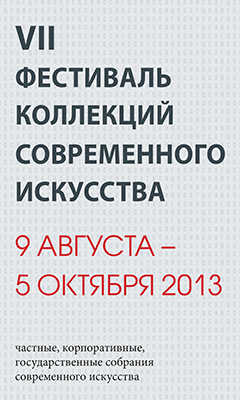Varvara Rakina
Experts certainly bear responsibility for their findings, but collectors and buyers of artworks need to learn the basics of art if they don’t want to be tricked. Varvara Rakina, deputy research director at Ostankino Museum and Estate, reminds us why.
For some reason, doe-eyed members of the public have convinced themselves that an expert is someone whose job is to expose forgeries made a few days ago and signed with, for example, the name of Titian or Shishkin. Those are complete aberrations. Forgeries like that are very rare because they’re very hard to make and, as a rule, easy to expose. There are many research methods for doing this: analyzing the materials, spectral analysis, and X-rays. Furthermore, you’re supposed to provide some kind of document confirming authenticity. In most cases, the works of great artists are registered somewhere. Lastly, and most importantly, you’ve got the artist’s own personal language, and there’s a certain logic to it. You’d have to put in a colossal amount of research if you wanted to reconstruct it, which a forger would hardly want to spend time and effort on. If you want to forge a Malevich reliably, you’ve got to be brilliant, like Malevich, and insane, like Malevich. You’ve got to get used to walking in his shoes. And who can manage that? Let’s assume that even an entirely capable forger paints something and dates it a certain year. A qualified expert, however, will know for certain that no such painting could have appeared that year; either because the artist hadn’t reached that stage yet, or because he’d already put it behind him. Thus, there generally aren’t that many brazen, overtly criminal forgeries.
You’re far more likely to see something like a more recent work being passed off for an earlier one. As a rule they tend to be faithful imitations rather than forgeries. For example, you could say that about 18th-century German painting, which took its lead from Dutch painting. Those artists didn’t forge anything – they were working in the Dutch artists’ style. And many museum storerooms are full of that kind of “Dutch painting.” It’s been making its rounds on the market under the guise of genuine Dutch painting for some time.
The scandal around the European paintings with false signatures of Russian artists turned into a big affair for the expert community relatively recently. The signatures were, beyond doubt, forged, but the painting is real 19th-century. It’s just that Shishkin is in demand on the Russian market rather than Koekkoek. But Shishkin is an entirely ordinary Dusseldorf School disciple. Everyone in Europe was painting exactly like that back then. So it’s perfectly easy to buy a Koekkoek relatively cheaply and paint Shishkin’s signature onto it. And it’s not every expert who’d catch this. But it comes to light in the majority of cases; just take artistic logic as a starting point: Russian art is still different from Western art, and a seasoned expert can see that.
Of course, similar things happen under the influence of the market. For some reason, very little attention is paid to the buyer’s role in discussions about selling forgeries. But he’s the one who made the final decision. Any genuinely keen and interested collector will become the victim of forgers only in an extreme case. A collector can sense the quality of a piece. You can only come to that through upbringing and study. Those rare few collectors have that feeling, like a talent, from birth. Others slowly nurture it within themselves. And if someone buys whatever the dog dragged in, and figures that it doesn’t cost much, but will cost more later, that’s not a collector. That’s a not particularly sophisticated investor, and a find for people who sell fakes.
Buying paintings or old household items doesn’t mean you’re a collector. A collection is an artwork in its own right, with its own compositional laws, its own story, its own message. And when you’ve got a Modigliani and an Aivazovsky here, and a Scenes from the War of 1812 imperial porcelain plate there, that’s a collection of items for home decorating. Antique shops that operate like that are where you’re most likely to come across all sorts of forgeries.




